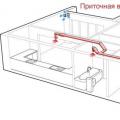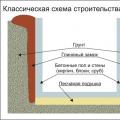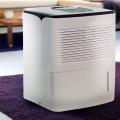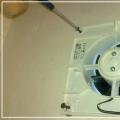The development of a house project involves solving the issue of creating a rational and efficient heating system. An increasing number of developers are inclined to use non-traditional methods to heat their homes.
Warmth and comfort in the house - the task of competent heating
The implementation of alternative heating in a private house is a feasible task, as there are a number of modern technologies.
High-tech equipment makes it possible to extract energy from renewable sources. Its use provides, in addition to warmth and comfort in the house, significant savings on the purchase of energy resources.
Alternative methods of heating are considered to be, in addition to the use of renewable sources, innovative technologies using electricity.
What is alternative heating?
Probably, there is no such person who would not have heard about the existence of alternative heating. However, when classifying one or another type of energy production in an unconventional way, some confusion arises. They mistakenly believe that the use of infrared radiation, biofuels, geothermal energy and a number of others are all alternative energy sources. Therefore, when determining alternative methods of obtaining energy, it will be correct to consider as such those for which the consumer does not pay the energy supplier and, at the same time, the costs of obtaining it are at an acceptable level.
Why is this needed?
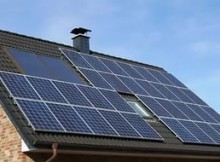 Solar panels
Solar panels The main reason for the use of alternative heating systems in private homes is the desire to achieve maximum cost savings and the creation of an autonomous energy supply. This is due to the trend of constant growth in energy prices and the inevitable depletion of natural resources.
In addition, true love for the environment, the desire to save it are one of the motivating motives for the transition to alternative forms of energy. One way or another, the process of extracting minerals from the bowels of the earth and their processing lead to pollution of the Earth.
Alternative heating options
Each of the alternative heating technologies used to heat a private house has its own characteristics and specifics. When choosing it, one should understand the task that the equipment must solve, and the specific conditions of its operation. The correct selection of the heating method will allow you to completely abandon traditional energy, and the owner of the house will receive the expected economic effect.
solar systems
Solar energy can be used to heat a home in the following ways:
- Transformation into electrical energy, which is later required for the operation of heaters.
- Use directly for heating the coolant, which naturally or with the help of a pump enters radiators or convectors.
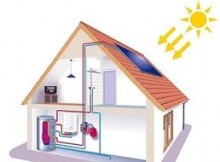 Solar energy for heating
Solar energy for heating The simplest method of alternative heating is the creation, perhaps with your own hands, of a heating manifold, pump and radiator in a private house.
You can implement solar heating in the following ways:
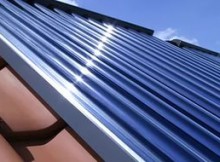
Wind energy
Design and principle of operation
The wind generator is a structure mounted on a rod, which is equipped with blades that can rotate. They are divided according to the location of the axis of rotation into vertical and horizontal. By design, the first of them can be rotary or bladed, the second - winged.
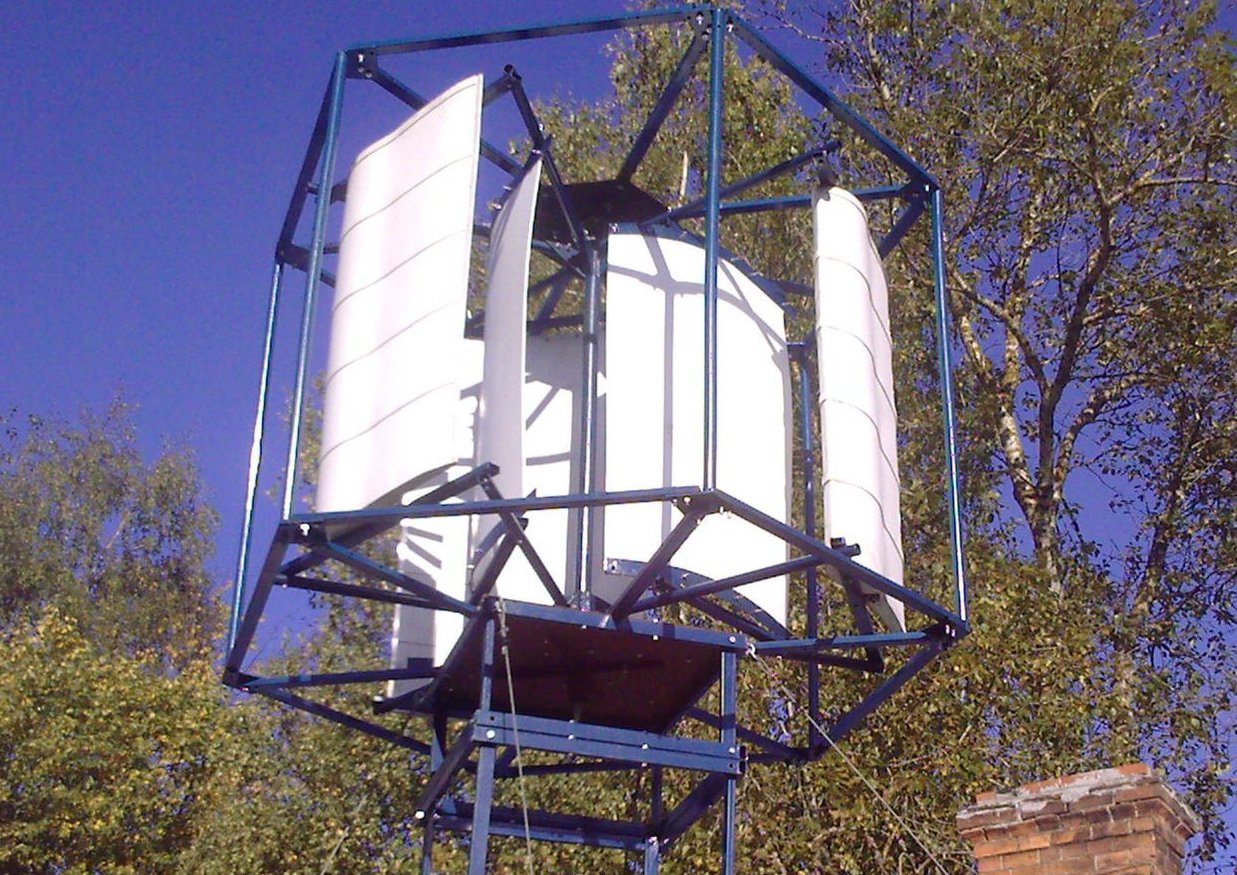 wind generator
wind generator The composition of the windmill includes the following elements: a turbine, which is driven by blades or a rotor, an electric generator, a battery, a controller and an inverter.
The operation of such a device is quite simple and consists in the following: wind flows cause the blades to rotate, which is transmitted to the generator. When rotating, the generator generates electricity, which is stored in batteries. With the help of the converter, the required voltage is created.
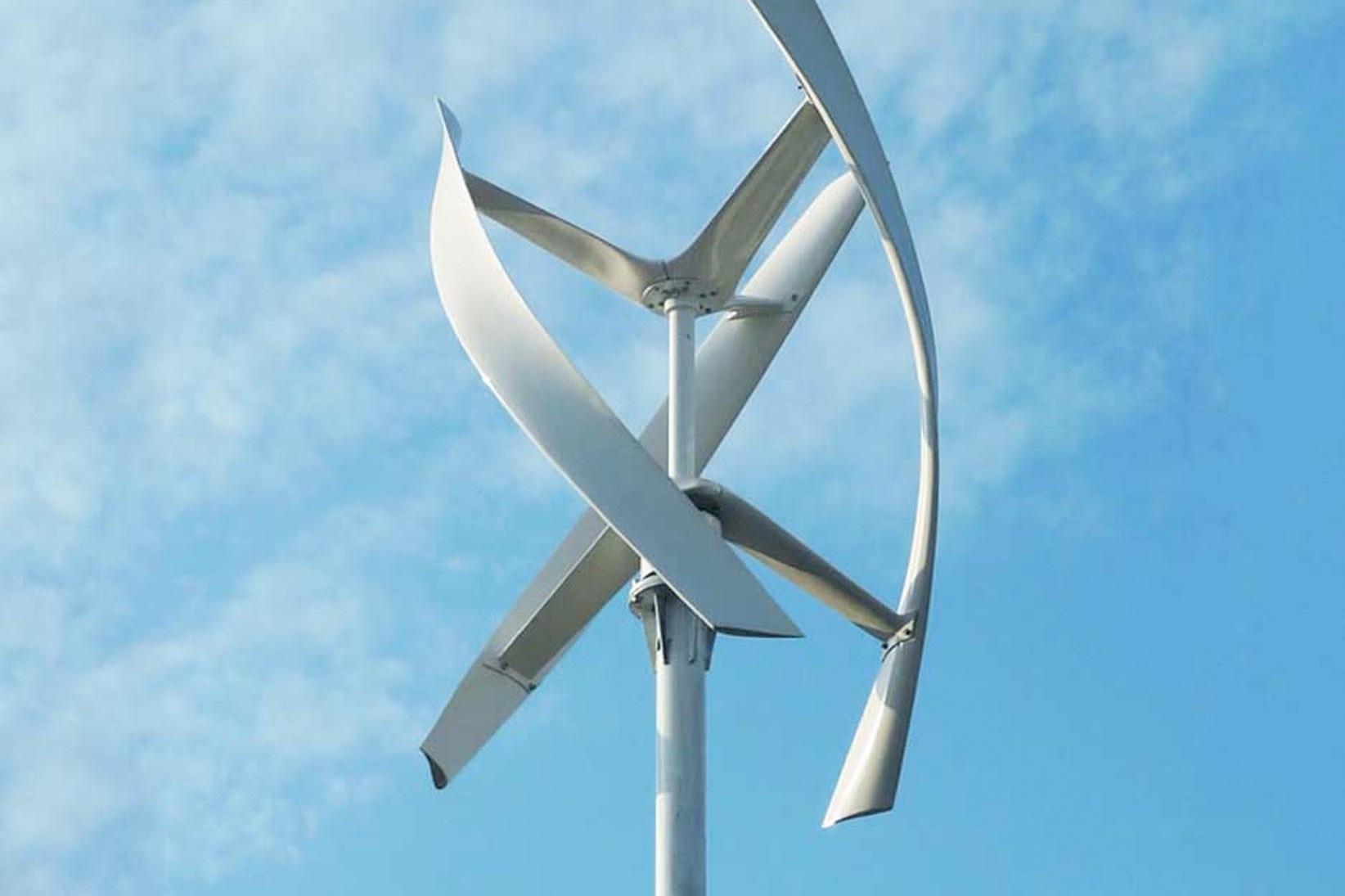 Wind energy for heating
Wind energy for heating The generation of electricity using windmills is expedient on an industrial scale, since the equipment has a significant cost. It is quite enough to install one wind generator for heating the house. The accumulators are connected to the heating elements of the heating system and hot water supply.
Advantages and disadvantages
The advantages of such heating include the following factors:
- renewable energy source;
- environmental cleanliness of energy production;
- relatively low cost of electrical energy;
- safety of the energy generation process;
- installation of windmills solves the problem of obtaining energy in hard-to-reach places.
The disadvantages of obtaining energy using wind turbines are:
- the payback rate of equipment increases with an increase in the number of devices;
- a significant area is required to create wind farms;
- it is possible to implement the process in a windy area;
- significant cost of equipment;
- noise at work.
Heat pumps
Each of us daily uses a unit that works on the principle of a heat pump, but not everyone knows about it. We are talking about a refrigerator, however, its functions are different. It is impossible not to notice the fact that in addition to cold, heating occurs from the back. During the operation of the heat pump, similar processes occur, while the heat is used to heat the house.
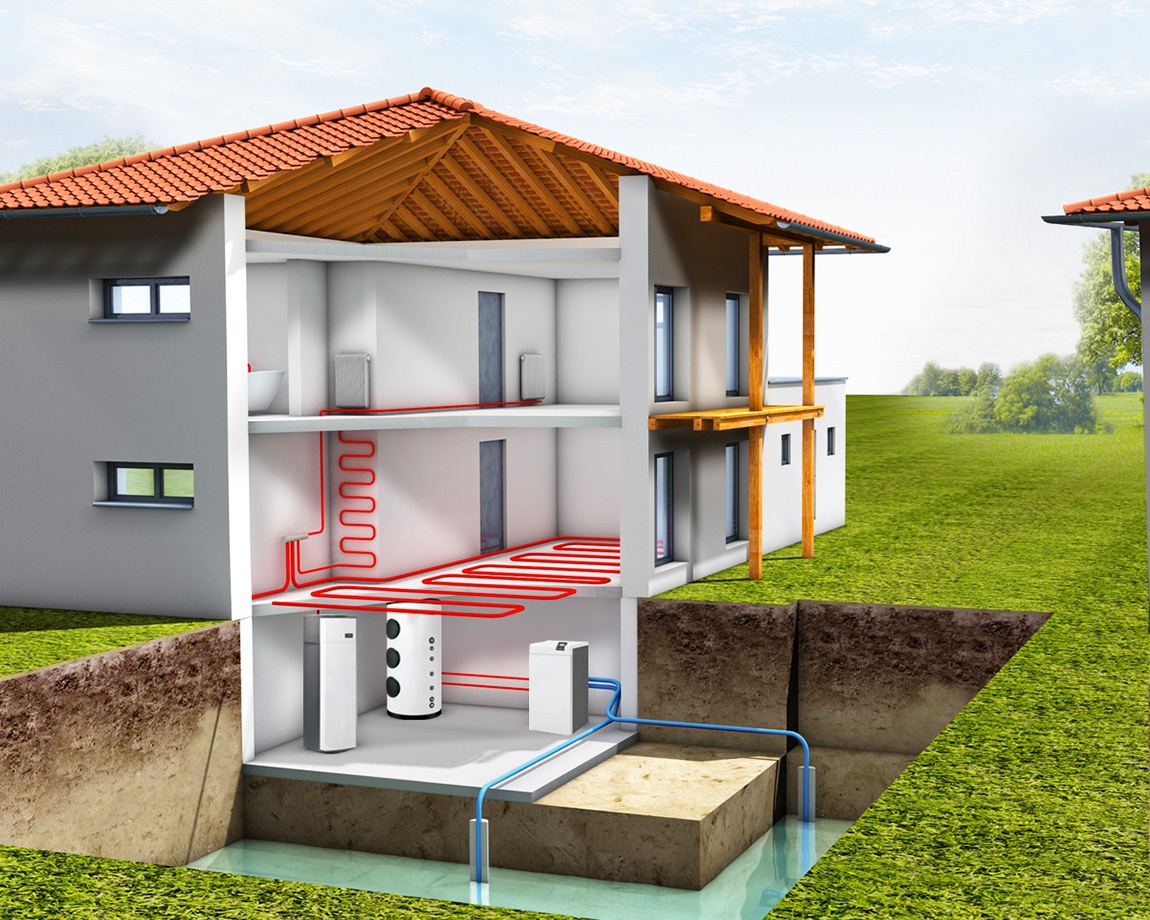 Heat pump
Heat pump Modern heating equipment, whose operation is based on the principle of a heat pump, allows the extraction of thermal energy from various natural sources. Soil or water are more efficient energy sources than air.
How a heat pump works
A liquid with a positive temperature value (even a minimum one) passes through the evaporator, in which its temperature decreases. The thermal energy taken away in this way is transferred to the compressor, which compresses the liquid. At the same time, its temperature increases. Then the liquid moves to the heat exchanger, where its temperature decreases, and the energy received is transferred to the heating system or hot water circuit. After that, the cooled liquid moves to the evaporator, and the cycle repeats.
Heating system device with heat pump
Heating of a private house, organized on the basis of heat pump technology, consists of the following main elements:
- Probe. The design is a branched pipeline system, which is a large coil, placed in a certain environment: water, soil or air. The function of the probe is to take energy from a particular medium and transfer it to the heat pump.
- Heat pump.
- Heating system. The main part of this device is a heat exchanger. The efficiency of the entire system mainly depends on its operation, that is, on the ability to transfer heat from one medium to another.
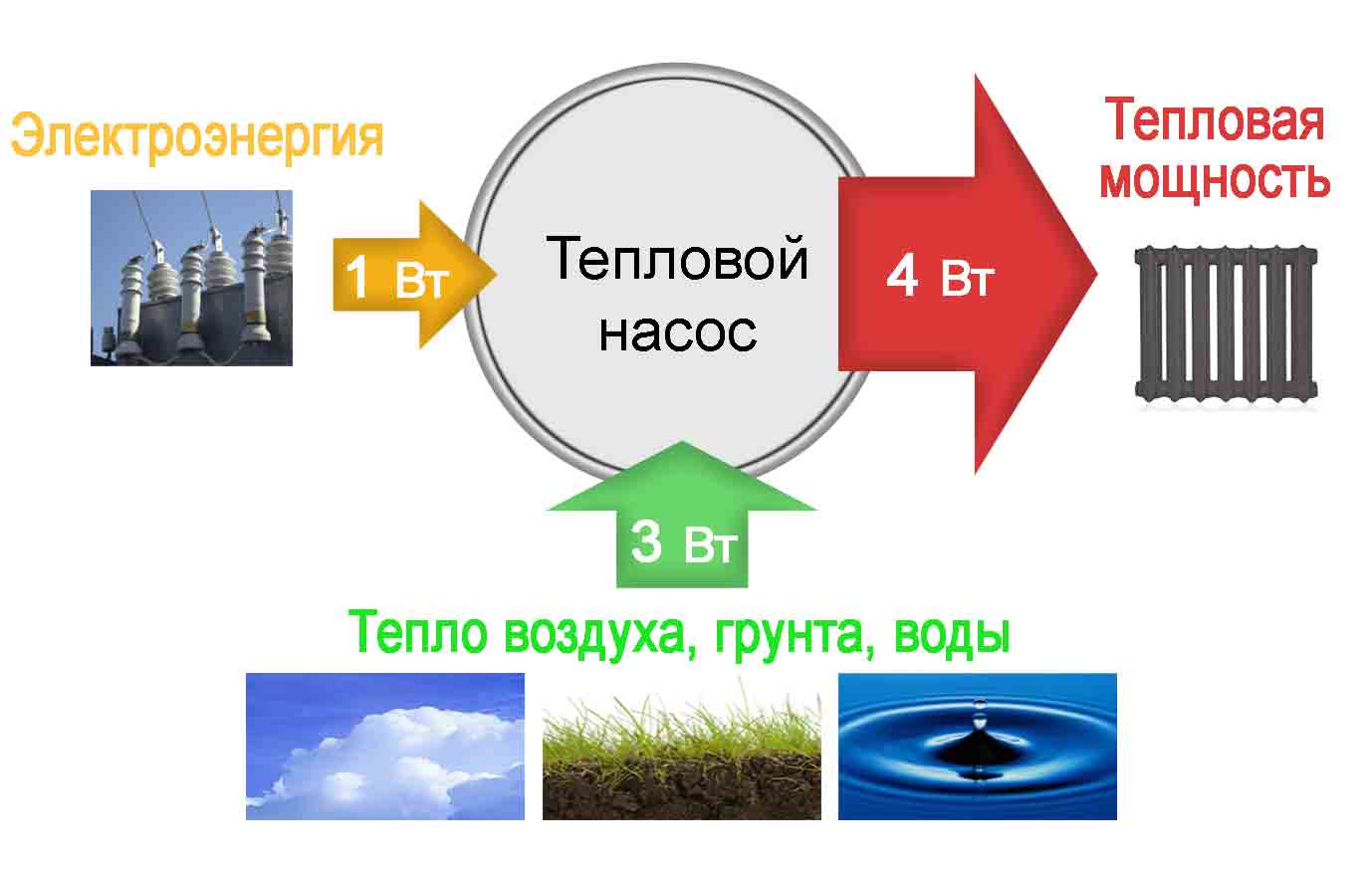 Heat pump circuit
Heat pump circuit ground water
The universality of this method of obtaining energy lies in terms of choosing a region for its implementation. The temperature of the soil located at depth is in any case above the freezing point of water. Achieving the required temperature difference can be achieved in different climatic zones at different depths.
ground water
Heat is taken in when the probe-heat exchanger is immersed in the well. It should be understood that the cost of drilling, installation of pumping equipment and its acquisition significantly increase the cost of implementing a heating project.
In order to reduce the cost of heating a house in a ground-water system, they resort to laying a heat exchanger in a horizontal plane. However, this requires a significant amount of space. Laying in this case is carried out at a depth exceeding the level of soil freezing.
water-water
If there is groundwater in the area where the house is located, lying at high horizons, the cost of heating the house with a heat pump is significantly reduced.
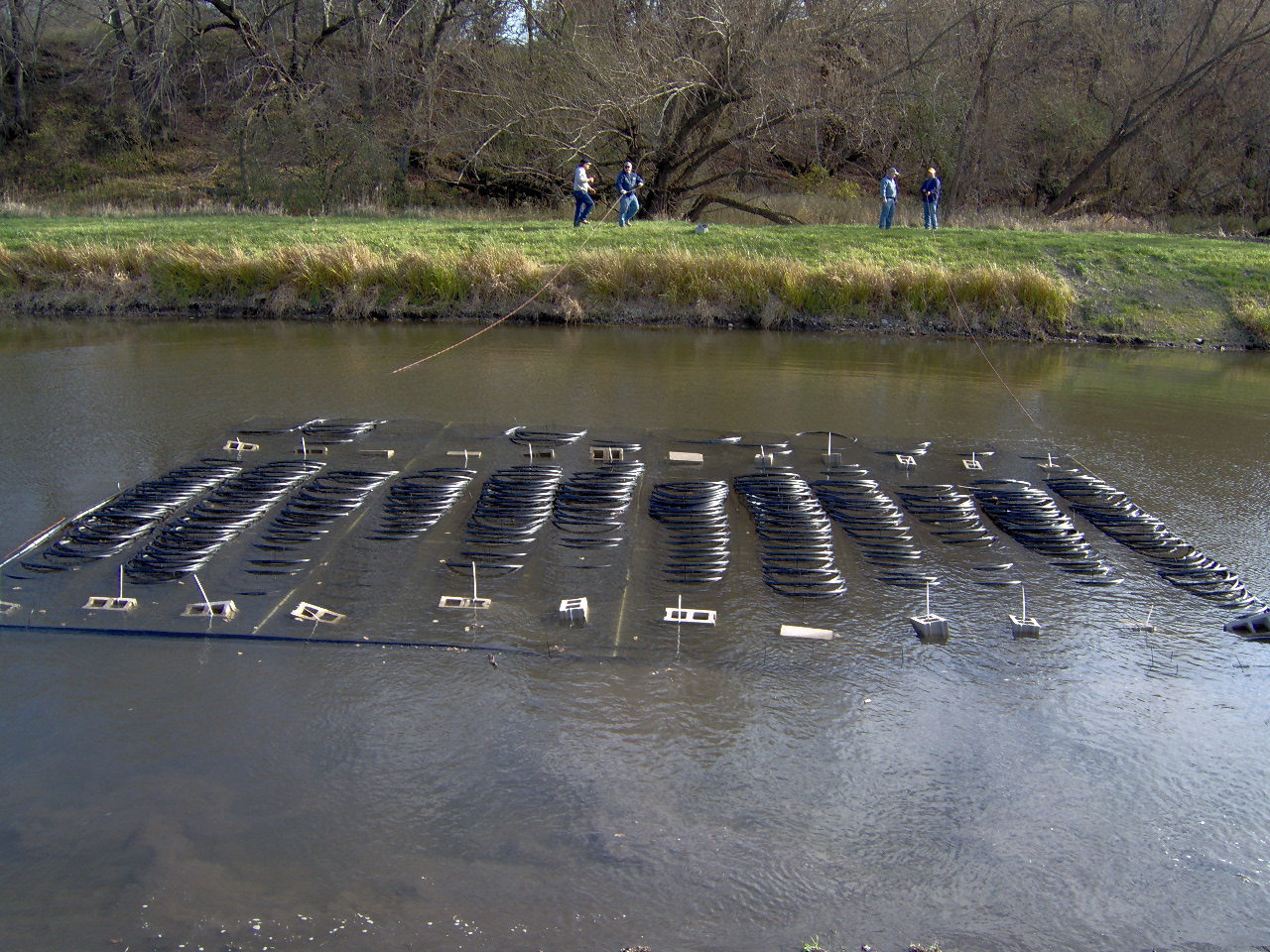 Energy from water
Energy from water Energy is easier to take from running water. In this case, it is sufficient to use one heat exchanger probe.
Also, drilling a well to a significant depth will not be required, it will be possible to stop at 10-15 meters.
Air to water
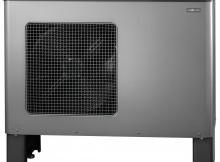 Fan
Fan During the operation of the air-water system, atmospheric air acts as a source of energy. In this case, the radiator is a heat exchanger with a large fin area. It is blown by a low-speed fan.
The cost of equipment and its installation is significantly lower than when using a water-water system. A decrease in air temperature leads to a decrease in its efficiency, since it makes it difficult to extract energy.
Air to air
The cheapest alternative way to generate heat is an air-to-air heat pump. A split system operating in heating mode is an example of this.
In this case, electricity is not spent on heating the air, but is spent on maintaining the operation of the compressor. This achieves an economic effect when compared with the operation of a traditional air heating device.
 Air-to-air system
Air-to-air system Advantages and disadvantages of using heat pumps
The use of heat pumps for home heating has several advantages:
- the possibility of using the technology anywhere on Earth;
- absolute environmental friendliness of energy production;
- the versatility of the method lies in the possibility of using the equipment, if necessary, as an air conditioner;
- sufficiently high efficiency of the heating system, provided that good thermal insulation of the premises of the house is created;
- high safety of equipment operation.
The main disadvantage of heat pumps is the high cost of equipment and its installation.

